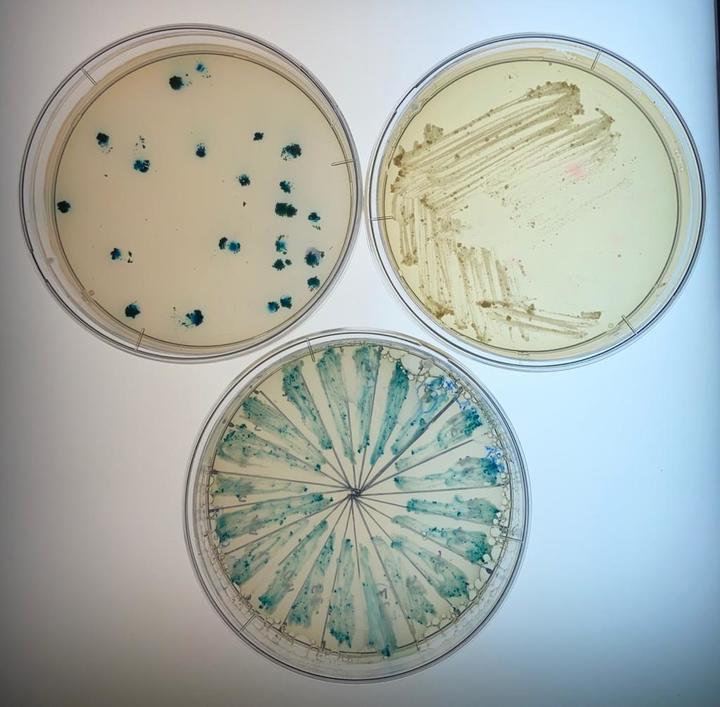Russian scientists have created a superpathogen: all antibiotics are powerless
[ad_1]
A relative of the causative agent of tuberculosis was turned into a “monster”
“What doesn’t kill us makes us stronger.” The veracity of this saying in practice was proved by Russian biologists from the Institute of Ecology of the Peoples’ Friendship University of Russia, the Institute of General Genetics named after N.I. Vavilov and Bashkir State Agrarian University. Fundamental research into the processes of formation of superpathogens led them to the creation of a microorganism resistant to a number of antibiotics. With small doses of antimicrobial drugs, they turned into such a “monster” a relative of the causative agent of tuberculosis Mycobacterium smegmatis mc2 155, moreover, without changing its DNA.
Tuberculosis is one of the most dangerous diseases in the world. Its causative agent is the microorganism Mycobacterium tuberculosis. Like many other pathogens, it develops drug resistance over time. The whiB7 gene is responsible for this resistance. To understand the mechanism of its occurrence, the experts decided to simulate “hospital conditions” for the causative agent of the pathology, that is, to check whether the very drugs that are trying to treat it are the cause of resistance.
The researchers used a non-pathogenic relative of the tuberculosis pathogen Mycobacterium smegmatis mc2 155 as a model sample. Their study was supported by the Russian Science Foundation.
Mycobacterium was tested with antibiotics that are used to treat tuberculosis: kanamycin, streptomycin, ofloxacin and tetracycline. Paper discs impregnated with them were placed in Petri dishes with cultures of this bacterium. The doses of drugs were changed, and then the growth of the opportunistic pathogen was compared with the control sample without antibiotic.

It turned out that small doses of antibiotics did not kill, but only strengthened his “immunity”, that is, increased the activity of the main resistance gene regulator whiB7. So, scientists observed a significant increase in the resistance of the microorganism under the influence of kanamycin and ofloxacin. The greatest resistance appeared in him upon contact with tetracycline. Thus, small doses of nine varieties of antibiotics at once, which include the above substances, turned out to be not a weapon, but a “vaccination” for a pathogen.
According to RUDN Associate Professor, Candidate of Biology Alexei Vatlin, such resistant microbes can appear in our environment due to the uncontrolled use of antibiotics in agriculture, food and pharmaceutical industries. At the same time, as experiments have shown, they do not change their DNA – new properties arise in them due to the activation of resistance genes.
By studying the mechanisms of the origin of drug resistance, scientists hope to develop new methods to combat pathogenic bacteria in the future.
[ad_2]
Source link








